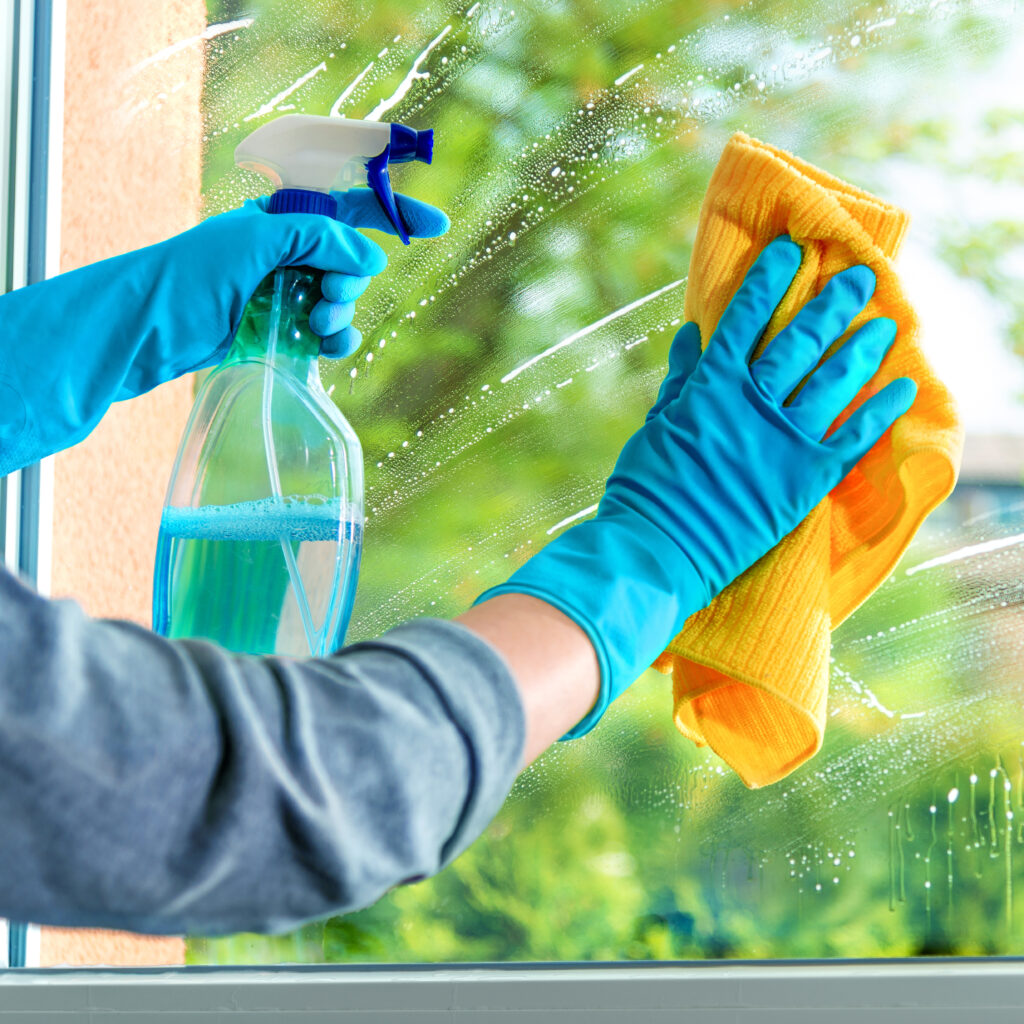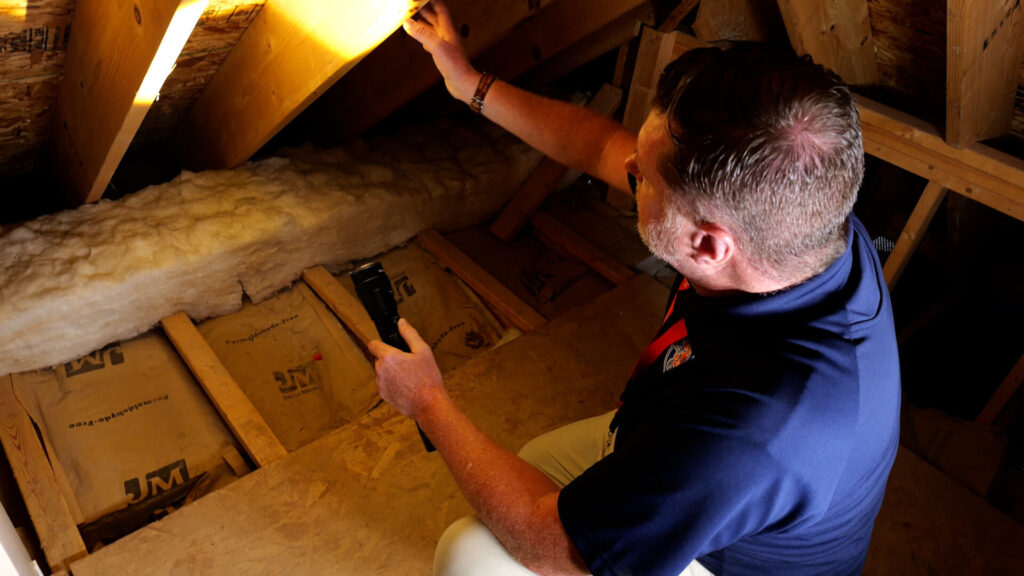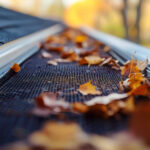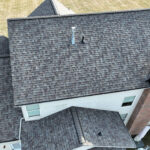What Is the Best Way to Clean My Windows?
Keeping your windows clean improves the look of your home and lets more natural light enter, brightening your living space. However, many homeowners wonder about the best methods and products to use when cleaning their windows. Whether you have vinyl, wood, or aluminum windows, following the right cleaning steps can help maintain their appearance and functionality for years.

1. Gather the Right Tools
Before you begin cleaning your windows, it’s important to have the right tools on hand. Using the correct cleaning supplies makes sure that your windows are thoroughly cleaned without any streaks, scratches, or damage. Here’s what you’ll need:
- A bucket of warm water
- Mild dish soap or a commercial glass cleaner
- A soft microfiber cloth or sponge
- A squeegee
- A soft-bristle brush or toothbrush (for corners and edges)
- A dry, lint-free towel or paper towels
- Optional: vinegar for a natural cleaning solution
2. Start by Cleaning the Window Frame and Sill
Before tackling the glass, it’s best to start by cleaning the window frames, sills, and tracks. These areas often collect dust, dirt, and debris that can get spread onto the glass if not cleaned first.
- Dust and debris: Use a soft-bristle brush or vacuum to remove dust, dirt, and debris from the window tracks, frames, and sills. For stubborn grime, a damp cloth or mild soap solution works well.
- Scrubbing edges and corners: If dirt has gathered in the corners or edges of the window frame, use a small brush or an old toothbrush to scrub those areas.
3. Choose the Right Cleaning Solution for Your Windows
Depending on the type of window material you have, it’s important to choose the right cleaning solution. Here are some options:
- Dish soap and water: This is a gentle and effective way to clean most window surfaces. Simply mix a small amount of dish soap into a bucket of warm water. Avoid using abrasive cleaners that could damage the window material or glass.
- Vinegar solution: For an eco-friendly, streak-free clean, you can create a mixture of one part white vinegar and one part water. Vinegar is a natural cleaner that cuts through grease and grime.
- Commercial glass cleaner: If you prefer using store-bought cleaners, opt for a commercial glass cleaner. Make sure it’s designed for windows to avoid streaking
4. Wash the Windows with Care
Once you have your cleaning solution ready, it’s time to clean the glass. Follow these steps for the best results:
- Apply the cleaning solution: Use a microfiber cloth or sponge to gently apply the cleaning solution to the glass, starting from the top and working your way down. Avoid scrubbing too hard, as this can scratch the glass.
- Use a squeegee: For a streak-free finish, use a squeegee to remove the cleaning solution from the glass. Start at the top of the window and pull the squeegee down in a straight line. Wipe the blade with a clean towel after each pass to prevent streaks.
- Wipe off excess moisture: After using the squeegee, use a dry, lint-free cloth or paper towel to wipe the edges of the glass and any areas that still have moisture.
- Don’t forget the outside windows: If you’re cleaning exterior windows, consider using a hose to rinse off the dirt before applying the cleaning solution. This helps remove loose debris and makes the cleaning process easier.
5. Addressing Hard Water Spots and Stubborn Stains
If your windows have hard water spots, mineral deposits, or stubborn stains, you may need a more targeted approach:
- Vinegar soak: For hard water stains, try soaking a cloth in vinegar and placing it over the stained areas for a few minutes. The vinegar helps break down mineral deposits, making it easier to scrub away.
- Baking soda paste: For tough stains or grime that won’t come off with regular cleaning, you can make a paste with baking soda and water. Apply the paste to the stained area, let it sit for a few minutes, and then scrub gently with a sponge.
6. Regular Maintenance Tips
To keep your windows looking their best, it’s important to clean them regularly and perform routine maintenance. Here are some helpful tips:
- Clean your windows seasonally: Aim to clean your windows at least once every three months, especially during spring and fall when pollen, dirt, and debris are more likely to accumulate.
- Check for damage: While cleaning, inspect your windows for any signs of damage, such as cracks, broken seals, or warping. Addressing these issues promptly can prevent further damage and keep your windows in good condition.
- Protect your windows: To extend the life of your windows, consider applying a protective sealant to help prevent dirt and water from building up.
Conclusion
Cleaning your windows doesn’t have to be a daunting task. With the right tools and techniques, you can keep your windows sparkling clean and free from streaks. Whether you choose a natural solution like vinegar or a commercial glass cleaner, following these steps will ensure your windows stay in top condition, allowing you to enjoy clear views and natural light year-round. For long-term maintenance and protection, be sure to clean your windows regularly and keep an eye out for any signs of damage.









